How to Build an IoT Data Platform for Agriculture
The IoT in the agriculture market is expected to grow from $15.178 billion in 2023 to $71.753 billion by 2030. The growing demand for efficient farming practices and governmental support for smart agriculture technologies drive active adoption of IoT solutions.
Despite numerous benefits, IoT imposes several challenges. Processing data from devices from different vendors to deliver actionable insights in near real-time is one of the major issues that modern agri companies face.
How is this challenge solved with a custom IoT data platform? In this article, you will get an understanding of how such a platform works and get guidance on building one for your needs.
How Does It Work?
IoT and smart sensors are now among the biggest trends shaping agriculture. Modern agriculture companies can buy expensive equipment to modernize their operations. However, vendors of such equipment store the data collected by their devices on their own clouds, not providing full access to raw data for device owners. Device owners literally do not own the data their devices collect.
The standard features of the vendors’ software are not always enough to cover the needs of the specific farming business. If you buy IoT equipment from different vendors, the problem multiplies, as you have to allocate all this data from different sources and somehow process them on your side.
Building an IoT data platform can help organizations efficiently collect, store, process, and analyze data from IoT devices, resulting in actionable insights and data-driven decision-making. The specific configurations depend on the requirements of businesses and use cases.
The data platform is a part of a more complex IoT system architecture responsible for managing and analyzing massive data volumes generated by IoT devices and sensors.
The main features and benefits of such a system are:
- Data collection: The data generated by connected IoT devices needs to be ingested into the IoT platform for collection and storing in a centralized way. It can be done in real time or in batches. In one of our projects for MHP, we developed an Azure-based data platform that aggregates and processes data from 10 diverse sources and enables powerful data analytics for automated operations management.
- Data storage: data is stored in the database of the appropriate type (MySQL, NoSQL, a time-series database, and others) based on the data nature and application.
- Data processing: real-time data processing triggers immediate actions or helps detect anomalies to prevent incidents. The data can also be processed in batches when data is collected over a period of time and processed in chunks.
- Data analytics: the platform often includes data analysis, reporting, and visualization tools. ML algorithms help predict trends, foresee and prevent anomalies, optimize performance, and IoT device fleet maintenance.
- Data security and privacy: the platform must have robust authentication and authorization mechanisms to control access to sensitive information. Data transmitted between connected devices and the platform is often encrypted to prevent unauthorized access.
- Device management: often, data platforms also help keep track of all connected devices, monitor their performance and condition, and manage configurations.
- Integration with external systems through APIs: for example, APIs are used to share data with BI tools or some third-party services to maintain business needs.
- Scalability: if the IoT devices fleet is planned to grow, it is essential to have a scalable data platform to process the increasing data loads. For this purpose, such platforms are often deployed on cloud infrastructure. Read more about scalable remote IoT device management.
Specific Features of an IoT Data Platform for Agriculture
IoT-supported farming operations vary. Here are the most popular functions supported by IoT data platforms:
IoT Data Platform Use Cases
Use Case
Description
Weather monitoring
Data from weather stations are used to schedule sowing, harvesting, and other processes that require specific weather conditions.
Crop monitoring
Tracking growth stages, detecting potential diseases or pests through imaging and sensor data.
Soil health monitoring
Measuring and analyzing nutrient levels, pH, and soil composition to manage timely fertilization.
Irrigation management
Real-time soil moisture data combined with weather monitoring help to automate irrigation.
Livestock tracking
Optimizing feeding schedules, tracking livestock health, preventing infections from spreading, tracking livestock behavior and movements.
Equipment tracking
Tracking usage, scheduling maintenance and alerting for necessary operations, and optimizing equipment deployment based on field conditions.
Precision farming
Data-driven insights for automated fertilizer and pesticide application, and other precision farming practices.
Remote monitoring
Remote access to devices for monitoring and control from anywhere.
Energy management
Monitoring and optimizing energy usage, maintaining renewable energy sources.
Integration with farm management software
Enabling seamless data flow and collaboration across different agriculture management systems.
Integration with external sources
Using data from external research institutions, governmental agencies, and other sources that may be necessary for farm management.
Compliance and reporting
Features to ensure compliance with agricultural regulations and reporting requirements.
Mobile accessibility
Mobile-friendly interface for farming applications to access and manage data on the go.
A significant advantage of creating an IoT data platform for a specific organization is its complete alignment with the business needs and processes that are managed within this organization. It saves time and budget for operations and management through automated data processing and timely alerting on all meaningful changes or events within the IoT infrastructure.
Key Considerations When Building an IoT Data Platform
Building a data platform for an agricultural IoT system requires a holistic approach to cover technical, strategic, and operational aspects to ensure the future solution is effective, scalable, and secure. Here are some of the main factors to consider:
- Compatibility with farm machinery and equipment: Farms typically use various equipment from different vendors. As a result, the devices may have diverse communication protocols, data formats, and software interfaces that should all be unified for further data processing. In addition, many organizations upgrade their IoT device fleet, using new devices along with the older machinery having different IoT capabilities.
- Seamless data exchange with other platforms: You need to ensure compatibility between different systems within your infrastructure and mechanisms to address the variety of communication protocols and data formats.
- Ensuring data protection: The IoT data must be secured when transitioned or usedby appropriate device identity and access controls. Depending on the geography of operations, you also need to ensure compliance with relevant regulations (like GDPR).
- Connectivity issues in areas with limited network coverage: The reliability of data transmission may be affected, potentially leading to data loss or delays. This is particularly problematic for applications relying on real-time data and timely decision-making. The issue can be solved by deploying adaptive data transmission strategy to adjust the frequency and size of the transmitted data based on the network conditions. Low-bandwidth communication protocols or satellite communications will work best in this case.
- Reliable data transmission: Environmental factors, hardware and software reliability, energy constraints, and bandwidth limitations should be taken into account to ensure that data from IoT devices reaches its destination timely and accurately.
- Scalability in data volumes and changing operational needs: With the growing number of devices, the data volumes can increase exponentially. The IoT environment itself is quite dynamic since devices may be frequently added or removed. It is critical for the platform to seamlessly scale to accommodate changes without disrupting operations.
- Cost considerations: Assessing the costs of building an IoT data platform should include both immediate and long-term expenses and benefits.
Factoring in potential issues helps determine the balance between the initial capital investment and ongoing operational costs against potential strategic and financial returns. It helps make an informed decision about the suitable solution and development approach.
How to Build an IoT Data Platform
Building an IoT data platform for agricultural needs involves implementing hardware, software, and connectivity solutions to process IoT data in a way your organization requires. Here are the main steps to follow:
- Define requirements: determine and formulate specific needs of the agricultural operations (real-time monitoring, crop/livestock management, etc.) and objectives for implementing the IoT Data Platform.
- Choose GPS IoT platform (IoTHub, GPS tracking software): There are specialized platforms tailored for agriculture, platforms specialized for logistics, and general IoT platforms that work with devices and sensors and have no specialization. Each choice has its pros and cons, which are not always obvious. The choice depends on use cases and process needs.
- Choose the appropriate technology stack and tools based on the identified needs. You should consider:
- The sensor and device connectivity requirements
- The sensor and device connectivity requirements
- The sensor and device connectivity requirements
- Data collection and storage needs
- Integration with existing applications
- Network connection capabilities
- Data processing and analytics needs
- Data security and usability.
- Implement analytical tools to derive actionable insights from the collected data.
- Develop a user-friendly dashboard for data visualization and reporting. Keep in mind the interface compatibility with end-user devices (desktop/mobile). Apply alerting solutions to react to any abnormalities and critical situations on time.
- Test and optimize the implemented solution to identify and address any performance issues.
- Implement monitoring tools to track performance and proactively resolve issues.
- Scale and enhance: adjust your data platform for the changing number of IoT devices fleet and data volumes to keep up with the required performance level.
From Theory to Practice: An IoT Data Platform for 24/7 Operations Monitoring
Our client, an international agro-technical company with 6,300 fields and 10,000 pieces of modern machinery, wanted to accelerate the IoT data processing and analytics. Getting insights through the standard means provided by device vendors took about 15 hours (3 hours after the end of the day). The client aimed to analyze data from IoT devices in near real-time.
Infopulse started the project with the discovery phase to collect all the requirements and understand all of the client’s pain points that a new solution was expected to address. We also investigated the current PaaS offerings on the market to find potentially suitable options. Our engineers chose Azure services and IoT Hub for Agricultural Operations. The solution development included the following:
- Connecting GPS trackers from the client’s IoT devices into the data platform
- Developing additional customizations to integrate numerous proprietary data formats
- Configuring data storage for collected raw data
- Integrating Power BI analytics for real-time reporting and data visualization
- Implementing parallel data analysis for timely insights delivery
- Building a user interface for the created IoT data platform solution.
As a result, our client gets the required reports and insights every 15 minutes to manage their operations on time. The system alerts about all meaningful events to prevent machinery shutdown and other incidents, ensuring continuous operations.
Conclusion
Deploying IoT solutions in agriculture is hardened by the need to integrate diverse data from vendor-specific devices and ensure real-time processing for getting actionable insights. An IoT data platform helps unify data from multiple sources, overcome vendor limitations, and provide the required accuracy and speed of data processing.
Infopulse has significant hands-on experience in the Agriculture industry. Employing connected devices and advanced data analytics allows automating agricultural operations and optimize overall performance. If you are looking for a cost-effective solution to enhance your IoT device fleet performance and make your data processing vendor-independent, we are ready to help.

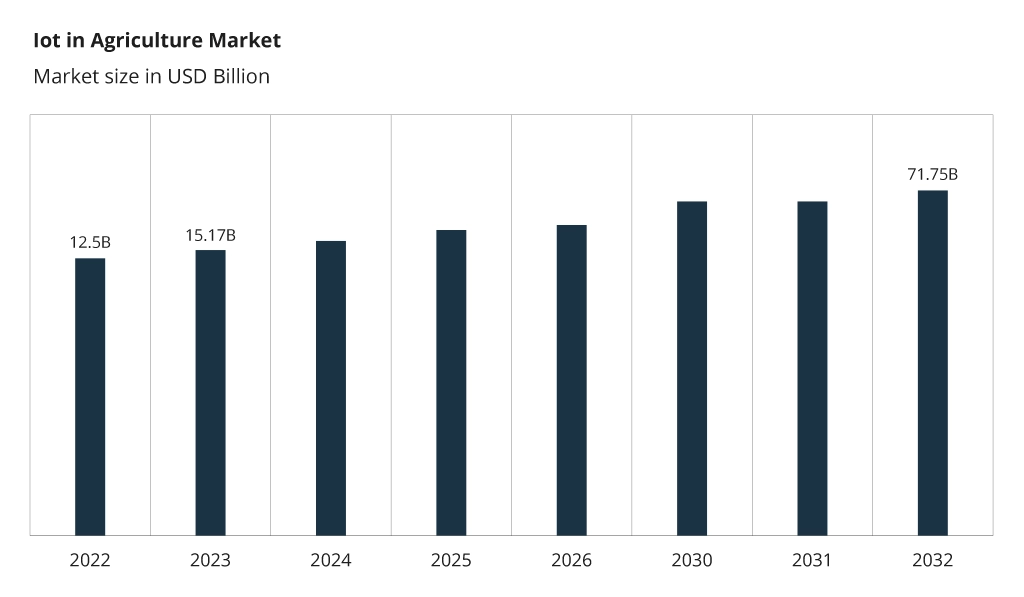
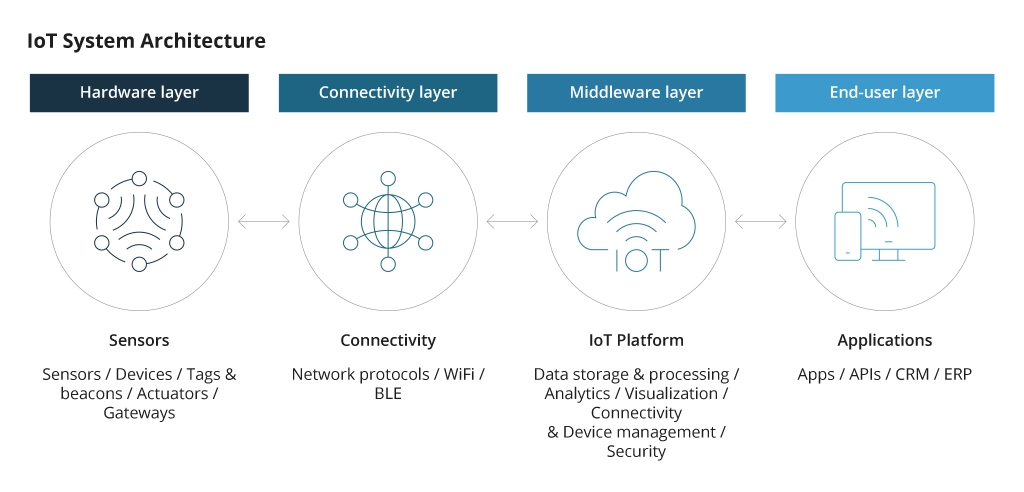
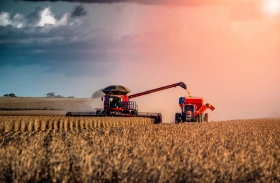
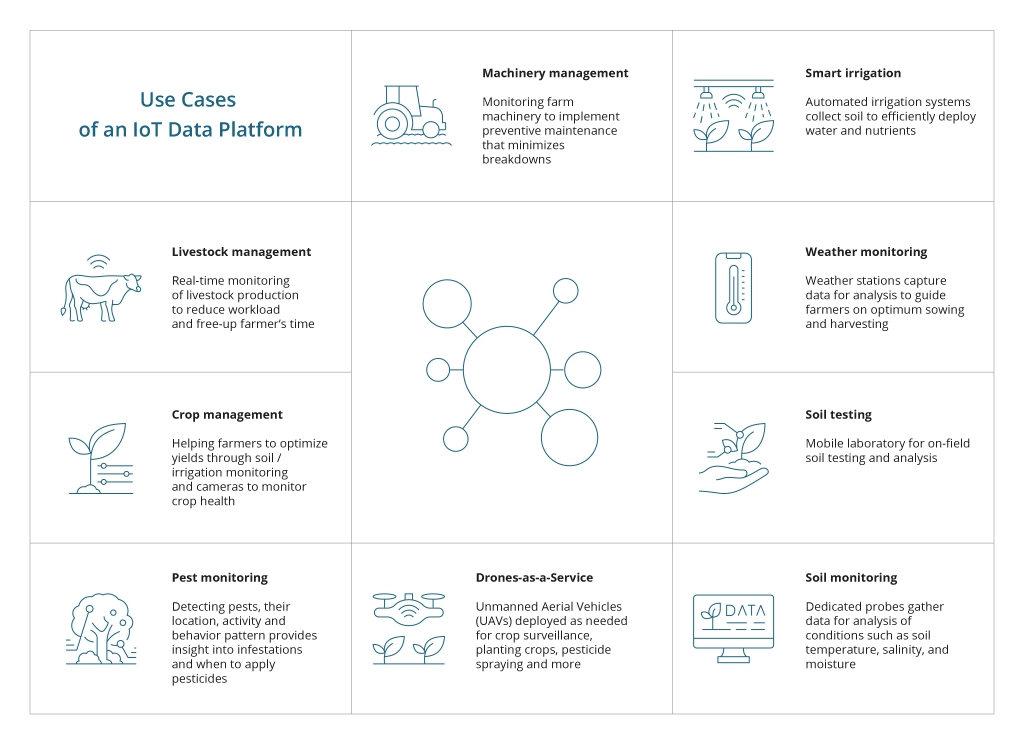

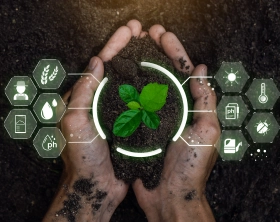
![Hyperautomation Complex tasks in Agriculture [Thumbnail]](/uploads/media/thumbnail-280x222-hyperautomation-complex-tasks.webp)

![IoT as the Core of Digital Farming and Agriculture [thumbnail]](/uploads/media/280x222-iot-as-the-core-of-digital-farming-and-agriculture.webp)
![RPA Bots in Agriculture [thumbnail]](/uploads/media/thumbnail-280x222-the-potential-of-RPA-bots-in-agri.webp)
![Precision Farming Technologies [thumbnail]](/uploads/media/thumbnail-280x222-precision-farming.webp)